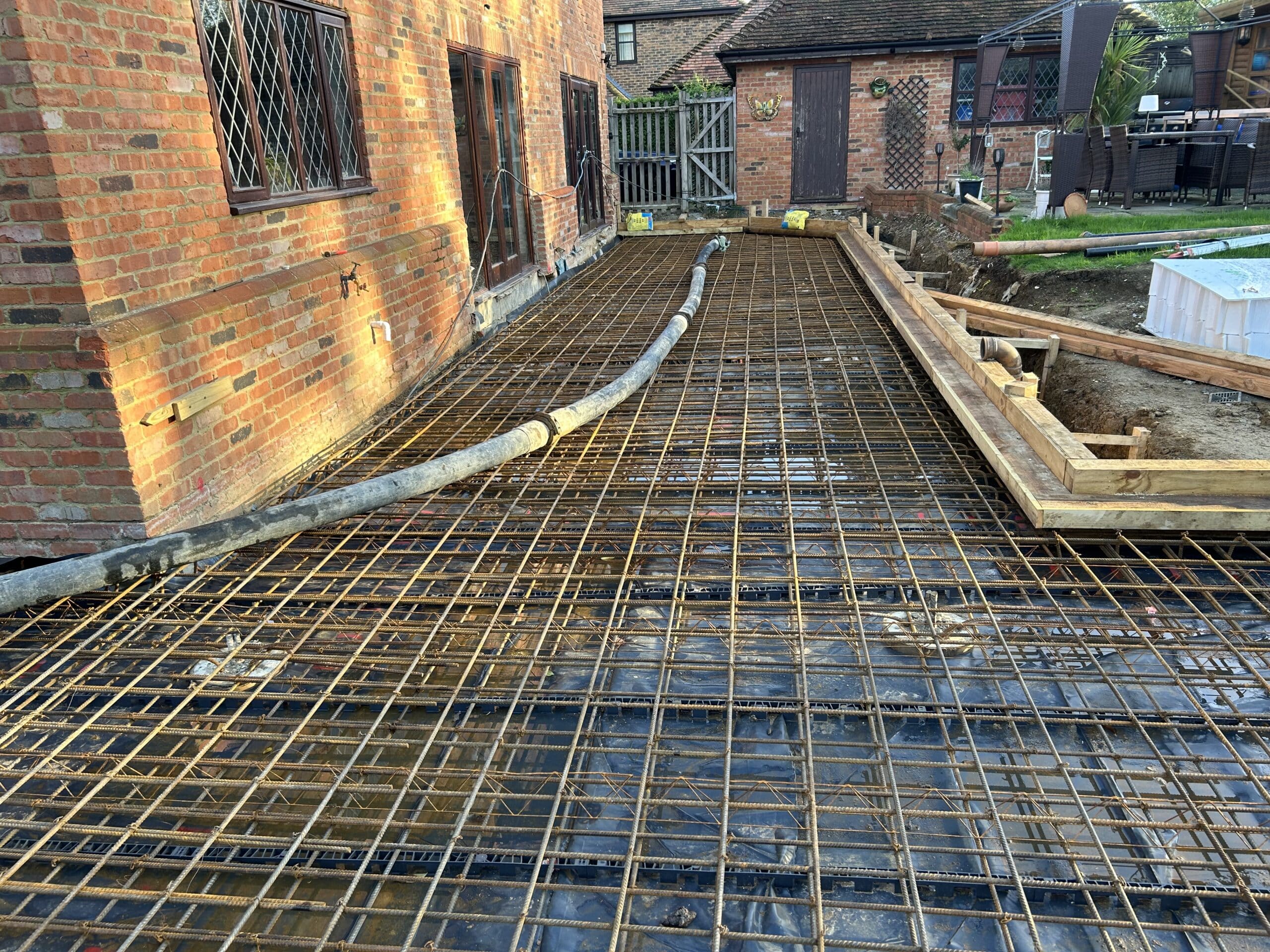
18 Feb Cost-Effective Piling Solutions for Small-Scale Projects
Piling is a construction technique that’s been used for centuries, providing support for structures in soil conditions where shallow, more traditional mass concrete foundations are unsuitable.
Piles work by transferring the load of the structure down to a stronger, more stable subsoil.
Traditionally, piling has tended to be used for major projects, and it’s still crucial for structures like bridges or oil rigs. Advances in piling techniques have, in recent decades, begun to be used for domestic buildings, new build housing and small industrial sites. So, what are the most cost-effective piling solutions for small-scale projects?
Mini-Piling
The key development in creating piling solutions for small-scale projects was the introduction of mini-piling. This is especially versatile and economical for sites with limited access or other locations where large machinery would be disruptive.
Mini-piles are small-diameter piles, typically of between 105mm and 450mm in diameter, that can be either driven or bored into the ground. They can be used to provide foundations for new buildings or underpin existing structures and can be used to correct subsidence or to cope with an increased load.
Mini-piling involves less noise and vibrations and can adapt to many different soil types, from clay to sand, as well as involve less cost for smaller equipment to be used. They come in a variety of forms, but the two main types are bored or driven into the ground, depending on the ground conditions present.
Driven Piles
Driven piles can either be precast concrete or steel cased, both of which are hammered into the ground from the top or bottom of the pile. In the right circumstances, this method can reduce the costs for both excavation and disposal of the spoil and, with precast concrete piles, can begin bearing loads almost immediately. They’re especially efficient for use on soft ground.
The three main techniques which are used for driving piles are:
- Driven precast concrete piles, which tend to require larger piling rigs to top-drive the piles into the ground
- A compressed-air hammer action from the bottom of the pile. These machines are extremely convenient for restricted areas where the pile loads are relatively light. They can also be used for extensions in built-up areas since the vibrations are minimal.
- Bottom-driven piles, where all the energy is delivered to the pile toe. As an extremely energy-efficient system, this type of pile can be driven with relatively small machines and is filled with reinforcement/ concrete to suit each design.
Bored Piles
This type of pile is ideal in all kinds of ground conditions. It involves drilling a hole using a metal flight auger and pouring in concrete either from the top once the auger is withdrawn or via a hollow stem within the auger flights in unstable or water-bearing subsoil. This type of pile can be installed quickly with modern-day piling rigs with minimal noise and vibration, especially for a project involving multiple piles.
There are three main approaches to boring piles:
- Open augured piles can be installed using segmental augers, which are drilled into the ground to the required depth and then withdrawn. Provided that a dry, open bore is achieved, then the piles are concreted from ground level. If the upper section of ground is found to be unstable or water bearing, then a steel casing can be screwed into the ground, in conjunction with the augers to seal off this section of the ground and then once the pile has been concreted from ground level, the casings can be withdrawn.
- A continuous flight auger system, on the other hand, involves drilling in segmental augers all the way to the bottom, which can then be filled with concrete/grout as the augers are withdrawn. This can be installed with very little noise or vibration.
- The rigs used for both types of pile can be extremely versatile, allowing them to manoeuvre in very limited spaces.
- Screw piles are preformed metal augers that are screwed into the ground and left in place and then linked to a preformed steel of insitu concrete cap. They are particularly useful for underpinning lightly loaded structures or for sites where contaminated soils may be present to minimise soil removal costs.
Use a Piling Specialist
Piling can provide an excellent, cost-effective solution for a wide variety of domestic or small industrial projects. However, it’s vital that the work meets stringent British Standards and complies with Building Regulations. This means it’s not a job for a general building firm — you need a piling specialist to ensure the work is done to high standards.
If you’re looking for piling contractors in London, the surrounding areas or South East England, you can contact U&M to discuss your needs.




